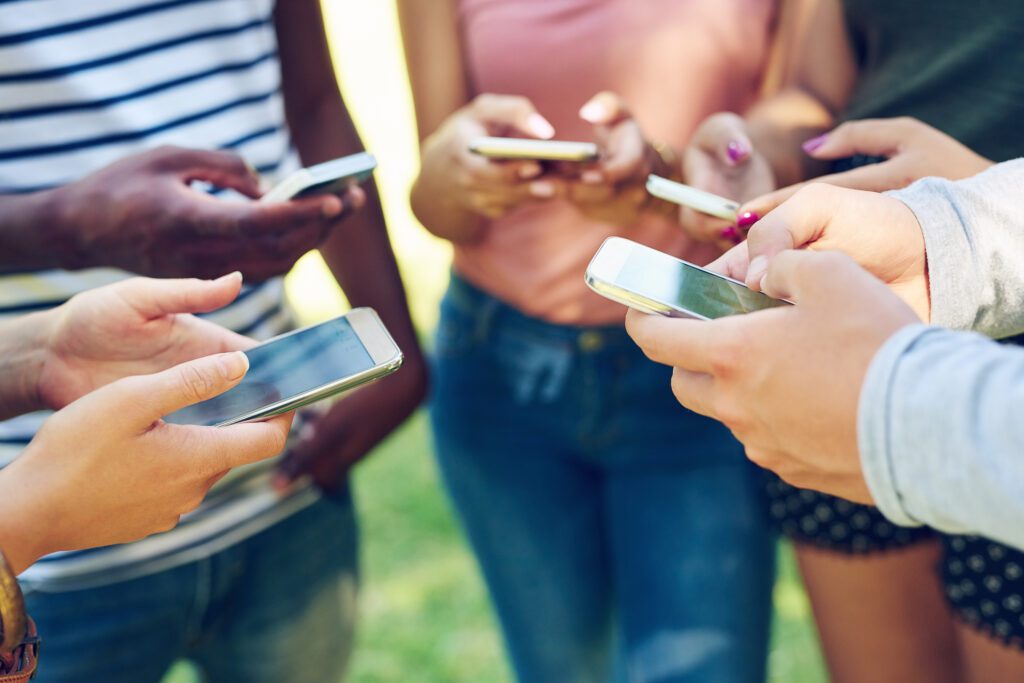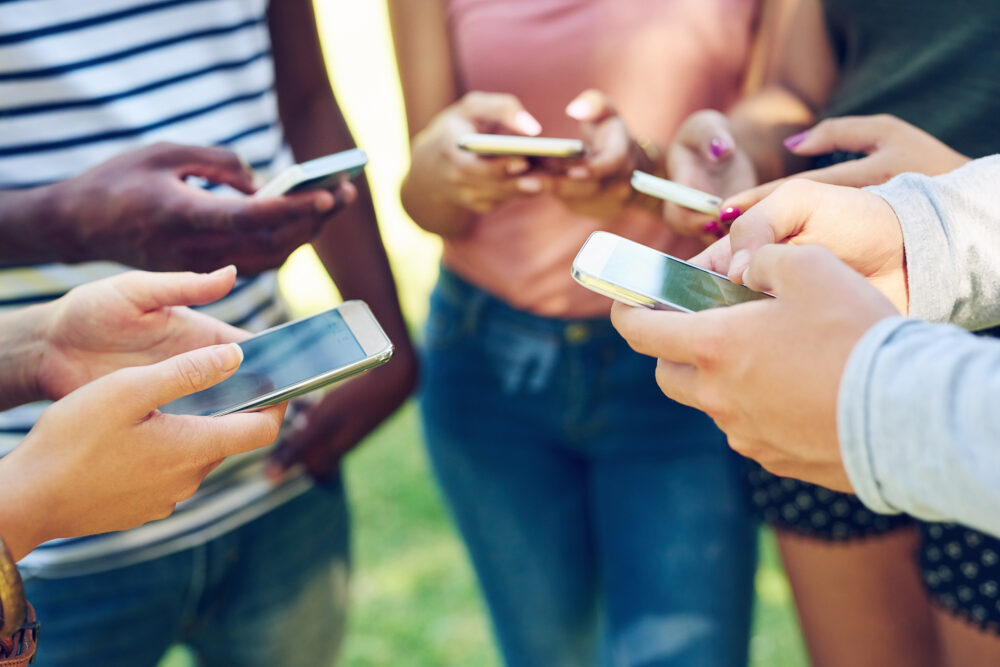
By Meg MacRoberts, MSN, RN
Most of us are familiar with some type of social media platform. Many say social media is a blessing and/or a curse — a blessing in which we get the instant gratification of seeing our friends and families during momentous times. And a curse because it can expose us during our lowest moments when we do not want the world to see.
Social media is now a prevalent staple in today’s society, so much so that some people believe they literally cannot live without it. Sadly, today our youths appear to be the main target of social media content.
Social Media and Youth Mental Health
This week, the United States Surgeon General, Vivek Murthy, suggested that social media can pose a danger to the mental health of our nation’s children and teens. Social media platforms have been around for decades, but the use of them is at an all time high.
According to Rideout, Peebles, Mann, and Robb (2022), “social media use in tweens and teens has grown faster since the start of the pandemic than it has over the four years prior to the pandemic” (p. 3). So what has changed to deem 2023 different from previous years?
According to Murthy, within the last two years of social media increase, a correlation has emerged that the mental health of our youths has taken a detrimental toll.
Brain Development and Social Media
According to the Surgeon General’s Advisory (2021), previous studies have shown that mental health affects every aspect of our lives: how we feel about our own self worth, how we perceive the world, overcome obstacles, how we form relationships and connect with others. It also affects how we perform in school, at work, and throughout life. Our mental health encompasses our emotional, psychological, and social wellbeing, and is an essential component of overall health (p. 5).
Murthy’s warning this week exposed that adolescents who spend more than three hours per day on these different platforms face an increased risk of experiencing mental health issues compared to those who spend less time on social media. This stems from the fact that during childhood and adolescence, an individual’s brain is still developing and their judgment and reward system supports are underdeveloped. This means youths’ thoughts and feelings are affected differently than adults’. It is also during the adolescent period that youths gain control over their behaviors and emotions, known as their executive function (Davis, 2023). This is vital to determining how one may act or react when utilizing social media content.
Down the Rabbit Hole
This week’s surgeon general advisory states that youths who are engaging in social media reported three things:
- Social media affects how youths perceive themselves.
- Social media affects how youths perceive their family and friendships.
- Despite previous feelings, they can not stop themselves from going on social media.
They are then being sucked into unrealistic expectations that people are portraying. Younger generations and youths who engage in social media use have reported having issues with increased anxiety, the onset of depression or worsening depression symptoms, and issues with body image. FOMO (fear of missing out) seems to affect those not yet hooked on the social media bandwagon as well.
Another concerning aspect of social media is the ability to hide behind the screens, making it appealing to post feelings and respond to social media content in ways people would never have carried out if they were face-to-face with an individual.
Being behind the screen makes some people feel a sense of control. Sometimes, they take action without taking into consideration the consequences that may follow. As youths’ brains are still developing and may not truly grasp the concept of right and wrong, this can be of great concern.
Social Media is Here to Stay
Social media is on the rise and evolving. Davis (2023) states that amid the massive neurobiological changes taking place, teens face an increased risk of mental health challenges in the face of stressful life experiences.
Unfortunately, rates of depression, anxiety, self-harm, and suicide have been increasing alarmingly in recent years, especially among girls and LGBTQ youths, with many pointing a finger at smartphones and social media (p 19).
The advisory by the surgeon general exemplified how the previously mentioned social media platforms play a role in how youths communicate and exhibit their position within society. Not only that, but social media platforms are a main contributor to the rise in mental health issues.
What Needs to be Done
The surgeon general calls upon policymakers and social media companies to crack down on safety standards to protect the young and vulnerable population. More safeguards need to be put into place to protect children and adolescents. These standards may reduce the likelihood that young children and adolescents will be exposed to material that manipulates them to spend more time on these social platforms, at the expense of their wellbeing.
Let Us Lead by Example
Society, whether it be parents, guardians, friends, or caregivers, all play a vital role in youth development. Adults should model the behavior they expect to see from youths. Adults can help protect children by putting the electronics away and staying off social media, as well as monitoring youths’ screen time and the content being viewed.
We also need to be on the lookout for warning signs: changing behaviors or newly developed patterns. The surgeon general suggests that we need to do more to understand the vulnerabilities that children and adolescents are faced with in society and the pressure they are under due to social media in order to aid in the overall health and safety of our youths. These are trying years and one of the most vulnerable times in their life. We need to ask the uncomfortable questions, provide support, and reach out for help before one’s mental health is exacerbated to a mental health crisis.
Don’t Wait, Seek Help and Support
Social media is an inescapable part of growing up in today’s day and age. Society often waits until young teens and adolescents are in a mental health crisis to step in and act accordingly.
We need to act faster to provide aid and support prior to a crisis. If you or someone you know is struggling with their mental health and could use some support or guidance, contact us today. Our team of compassionate professionals are here to help.
Resources
CBS Interactive. (2023, May 23). Social media spreads “extreme, inappropriate, and harmful” content to adolescents, says surgeon general. CBS News. https://www.cbsnews.com/news/social-media-spreads-extreme-inappropriate-and-harmful-conte nt-to-adolescents-says-surgeon-general-60-minutes/
Davis. K, (2023). “7 ADOLESCENCE: THE “WHO AM I?” YEARS,” in Technology’s Child:
DigitalMedia’sRole inthe AgesandStages ofGrowing Up, MIT Press, 2023, pp.153-179.
Rideout, V., Peebles, A., Mann, S., & Robb, M. B. (2022). CommonSensecensus:Mediauseby tweens and teens, 2021. San Francisco, CA: Common Sense.
Murthy, V. H. (2021). Protecting youth mental health – hhs.gov. https://www.hhs.gov/sites/default/files/surgeon-general-youth-mental-health-advisory.pdf.

